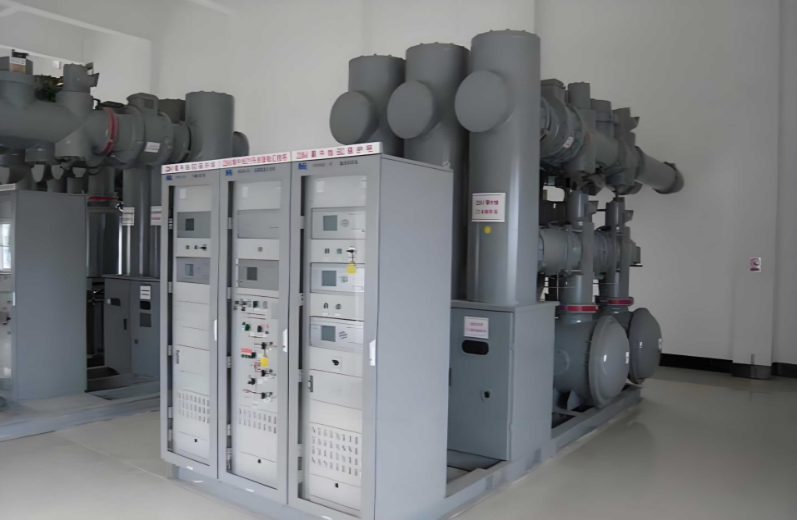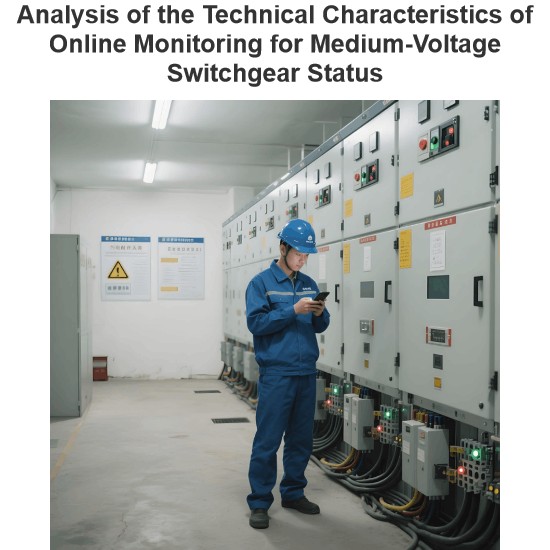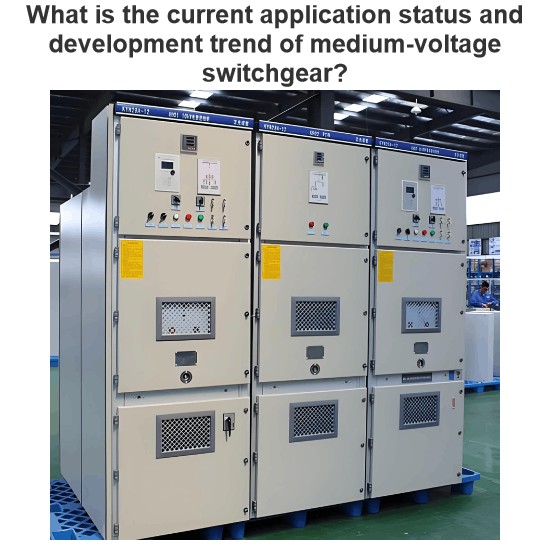Typical alarms in gas insulated switchgear (GIS)

Gas Leak Indication
A gas density of approximately 90% or lower in each gas compartment and zone indicates the presence of a gas leak. This compromised gas density can gradually undermine the integrity of the insulation and operational performance of the equipment.
Insulation Rating Non - Compliance
When the gas density drops to around 80% or less in every gas compartment and zone, it means that the dielectric ratings of the apparatus can no longer be maintained. This situation poses a significant risk to the electrical insulation properties, potentially leading to electrical failures and safety hazards.
Low Circuit Breaker Operating Mechanism Pressure
A reduction in the pressure of the circuit breaker operating mechanism, whether it is pneumatic, hydraulic, or spring - based, is a critical concern.
When the pressure of the circuit breaker operating mechanism is too low, it indicates that the circuit breaker may no longer be able to open or close successfully. In such cases, the protection scheme is typically designed to prevent any further operation to avoid potential malfunctions or damage. It should be emphasized that, in most puffer - type circuit breakers, the gas not only serves as an insulator but also functions as a damper or cushion for the operating mechanism, highlighting the importance of maintaining proper gas pressure.
Loss of Motor Voltage for Operating Energy Supply
The loss of voltage to the motor of the circuit breaker mechanism, which supplies the necessary operating energy, can severely impact the normal operation of the circuit breaker. Without the proper electrical supply to this motor, the circuit breaker may be unable to perform its essential functions, such as opening or closing the electrical circuit.
Loss of DC Control Voltage for Circuit Breakers
The absence of the DC control voltage or voltages to the circuit breakers can disrupt the control and operation of the circuit breakers. This loss can prevent the circuit breakers from receiving the correct signals to operate, leading to a breakdown in the overall electrical system protection and control.
Loss of DC Control Voltage to the Annunciator
When the DC control voltage to the annunciator in the local control cabinet is lost, it can cause issues with the proper indication and monitoring of the circuit breaker's status. The annunciator plays a crucial role in alerting operators to various operational conditions, and its failure due to voltage loss can lead to delayed or missed detection of potential problems.
Pole Disagreement Operation
Pole disagreement operation occurs when the different poles of the circuit breaker do not operate in unison. This inconsistent operation can result in electrical unbalance, abnormal current flow, and potential damage to the circuit breaker and connected electrical equipment.
Excessive Motor Run - Time
An excessive run - time of the motor that supplies operating energy to the circuit breaker mechanism can be a sign of underlying problems. It may indicate issues such as mechanical jams, excessive friction, or control system malfunctions, which can overheat the motor and reduce its lifespan, as well as potentially affecting the proper operation of the circuit breaker.
Overcurrent in Motor Protection
The overcurrent operation of the protective device for the circuit breaker mechanism's motor is a clear indication of an abnormal electrical condition. This overcurrent can be caused by various factors, such as short circuits, overloads, or faulty components within the motor or its associated circuitry, and it requires immediate attention to prevent damage to the motor and ensure the safe operation of the circuit breaker.













